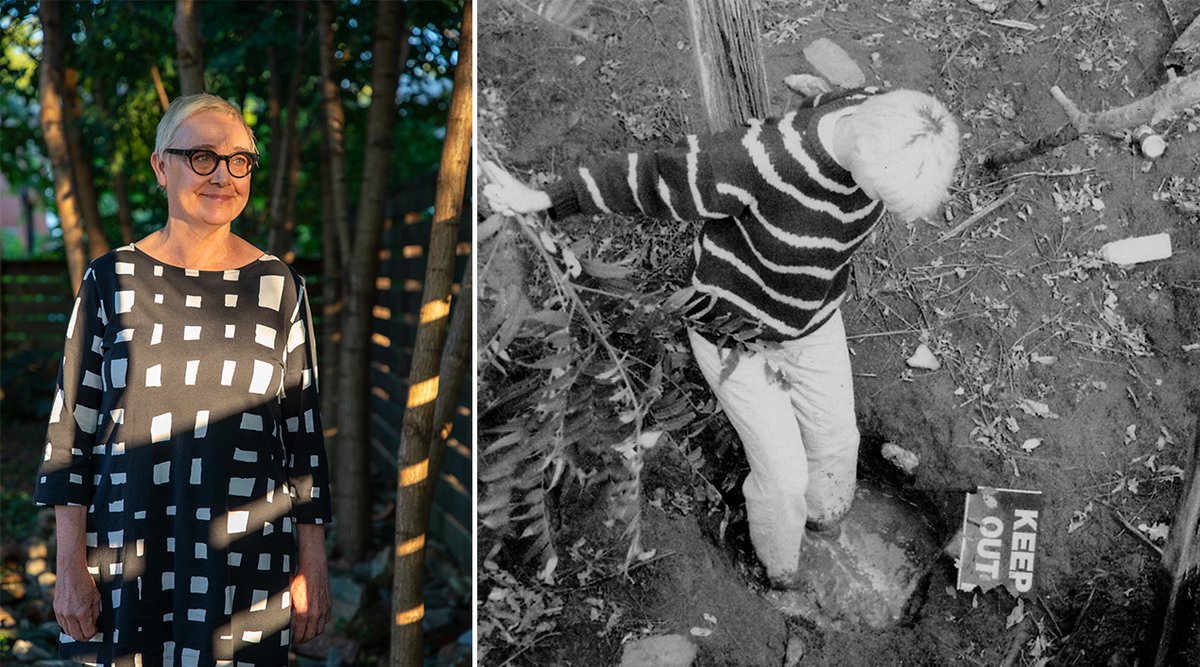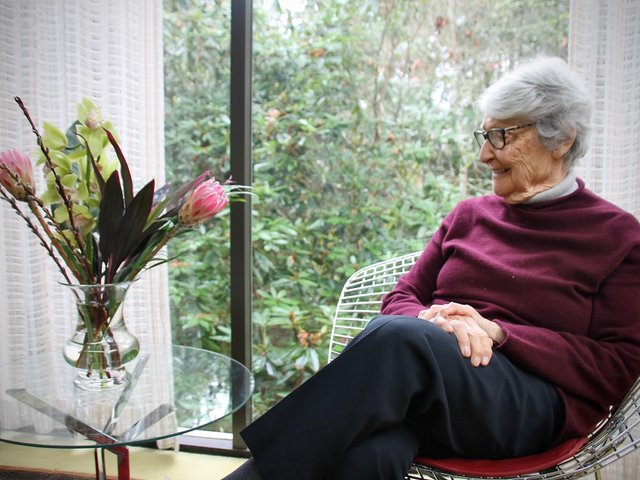The Cultural Landscape Foundation, a Washington DC-based non-profit first established in 1998, announced today that landscape architect Julie Bargmann is the inaugural winner of the organisation’s Oberlander Prize, a new biennial award which includes a $100,000 purse and two years of public engagement activities focused on the laureate’s work.
The award, officially titled the Cornelia Hahn Oberlander International Landscape Architecture Prize, is named for the famed landscape architect who passed away in May of 2021.
Bargmann, who is originally from New Jersey, is a professor of landscape architecture at the University of Virginia and is the founder of D.I.R.T. Studio. D.I.R.T.—which was started by Bergmann in 1992 and stands for “Dump It Right There”—is a conceptually-focused landscape architecture organisation focused on site histories, concern for marginalised communities and urban regeneration.
In addition to working with architects, artists, designers, engineers and more, D.I.R.T. often collaborates with the residents of the community in which they are working. Bargmann has also collaborated with the US Environmental Protection Agency on 12 Superfund sites.
Landscape architect Dorothée Imbert served as chair of the seven-person jury. Imbert says Bargmann was selected for the award as a result of her “leadership in the world of ideas, her impact on the public landscape, her model of an activist practice and her commitment to advancing landscape architecture both through teaching and design”.
Since Bargmann started teaching and founded D.I.R.T. studio, she has created alternatives to counter the limitations of typical remediation (defined as ‘correcting a fault’) by offering more dynamic modes of regeneration (or, ‘creating anew’).”
“Unearthing the raw ingredients of design from waste and wastelands defines my life’s work,” Bargmann says in a statement. “Both the pedagogy of my teaching and my methodology as a designer address the social and ecological imperatives to reclaim degraded land. Integrating regenerative technologies with design propositions and built landscapes embodies my contribution to the discipline of landscape architecture.”




